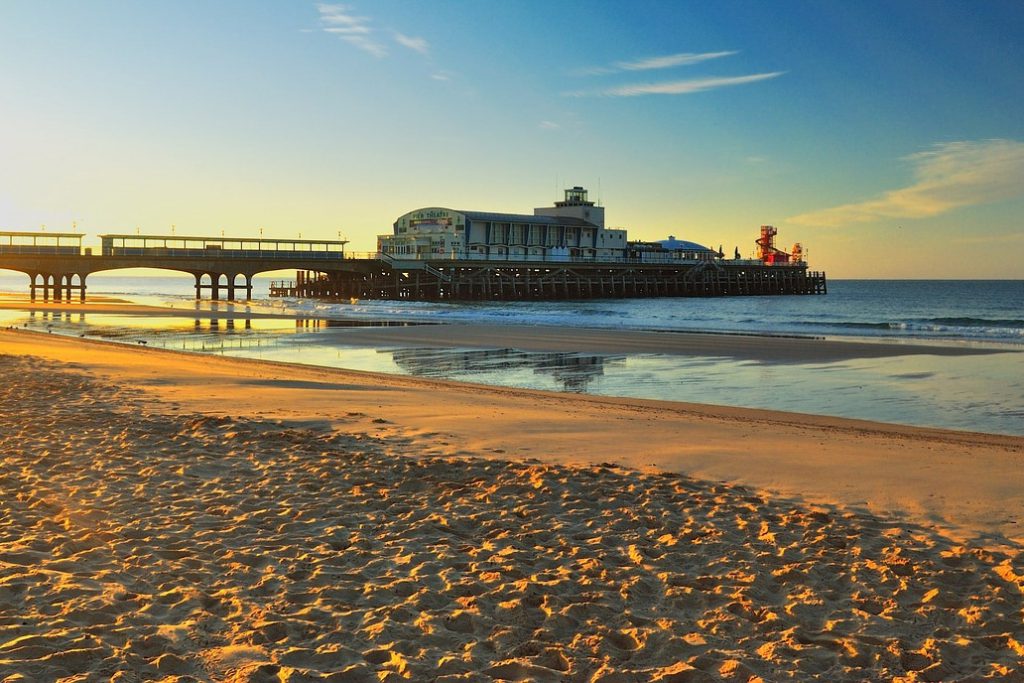From Bournemouth to Boston

About the author
Richard Bailey Hon FCIPR is editor of PR Academy's PR Place Insights. He teaches and assesses undergraduate, postgraduate and professional students.

The future of the history of public relations
Last week, the tenth anniversary of the International History of Public Relations Conference (IHPRC) was held in Bournemouth.. The conference was expanded across three days and provided an opportunity to look back as well as looking forward.
Next year, it changes home for the first time and will be held across the Atlantic in Boston. It’s always been well-supported by scholars from the US, and the Boston presence was strongly evident this year. The plan is to alternate the hosting between Boston and Bournemouth – though if you’re from Buenos Aires, Baghdad or Bangkok you might consider making a pitch.
There’s much to celebrate. Since the first conference was held in 2009, there’s been an outpouring of publishing in this field. Tom Watson – the founder of IHPRC – has edited a series on national perspectives on public relations to counterbalance the conventional US narrative that public relations emerged from publicity to scientific persuasion via Barnum and Bernays.
In parallel, Tom Watson’s Bournemouth colleague Kevin Moloney has edited a Routledge series that has explored the fringes of public relations thinking that contains some gems. Though not history-related, the authors have often presented at – and been commissioned at – the conference, so this deserves a mention.
Then there are two biographies of British pioneers of public relations. A practitioner, Richard Evans, wrote a well-researched biography of the war reporter turned PR consultancy pioneer Basil Clarke. Scott Anthony published an account of Stephen Tallents that was less conventional biography and more an attempt to position public relations within the history of ideas.
One of Tom Watson’s early challenges was for researchers to look beyond the history of great white men. This doesn’t mean we can’t do it, but it does mean we need to do so knowingly and only having asked the right questions.
So when Karen Russell and Meg Lamme presented on Arthur Page and Edward Bernays, they mounted a defence of their choice on the grounds of diversity. One was a tall, privileged white anglo-saxon Protestant insider. The other, Bernays, was a short, Jewish outsider.
Bernays lived so long that he not only wrote the first account of professional public relations, but he got to name his own place in its history. No one who remembers Bernays claims he was likeable – but to adapt a saying, nice people don’t make history.
To show how close we are to public relations history, Tim Traverse-Healy had attended earlier conferences in Bournemouth. He was a founding father of the Institute of Public Relations (now CIPR) in 1948.
I spoke to Don Wright, the Harold Burson professor of public relations at Boston University. He tells me that Burson, now aged 98, has reduced his days at the office to three on account of his physical frailty. We are only one or two removes away from history.
I can’t attempt a comprehensive account of the conference as I missed day one and you have to choose between two streams so can only catch half of the talks.
But I detected a more downbeat and introspective tone.
Anne Gregory spoke with pride of having arranged for Her Majesty to be petitioned before the Royal Charter was granted to the Institute of Public Relations in 2005. The process involved ‘smoke and mirrors’ and was based on the medieval principle that you should do nothing to displease the monarch (by asking for something she might reject).
The Royal Charter gave the professional body legitimacy. Yet Professor Gregory was clearly displeased with what has happened with this legitimacy since 2005. ‘There’s more to legitimacy than the technical issue of meeting the challenge of being a profession. What about diversity, the gender pay gap, take-up of CPD and qualifications?’
On other occasions, she asked ‘why teach public relations history?’ Some pointed to the importance of studying history in the training of doctors, lawyers and architects. Yet, the experience at Bournemouth is salutary.
What had been the UK’s first BA degree course in public relations now involves teaching public relations within the context of integrated marketing communications. This makes sense in terms of preparing students for the future, but it makes it much less easy to argue for the teaching of the past. Because why single out public relations history? Why not direct marketing history? Why not the much more colourful and picturesque history of advertising?
Another challenge was whether we will ever have a single volume history accessible to students and practitioners. One reason we still teach the Grunig and Hunt Four Models (press agentry/publicity through to two-way symmetric) is that it presents a simple (and optimistic) framework for understanding the field. The reality is much, much messier.
Tom Watson, a former PRCA chairman, has now retired. Anne Gregory, a former CIPR president is, she tells me, semi-retired. Both had substantial practice experience and a high level of credibility with professional bodies. But what comes next?
The IHPRC was full of papers chosen for the quality of their scholarship. It seemed to matter less to reviewers whether they had any connection to or contribution to make to history or to public relations. So this was a longer conference, but that did not make it a better conference.
Where in the past some practitioners had attended – and some had presented – it’s now only a conference for scholars and publishers. Any profession is a three-legged stool involving a balancing of contributions and conversations between scholars and educators, practitioners and professional bodies.
But then, is public relations a profession? Oh, and what exactly is public relations? (and, yes, we had those discussions too).
Plus ça change, plus c’est la même chose.